Home>Storage Ideas>Bedroom Storage>Laundry Stripping Is A Grossly Satisfying Way To Get Linens Extra Clean
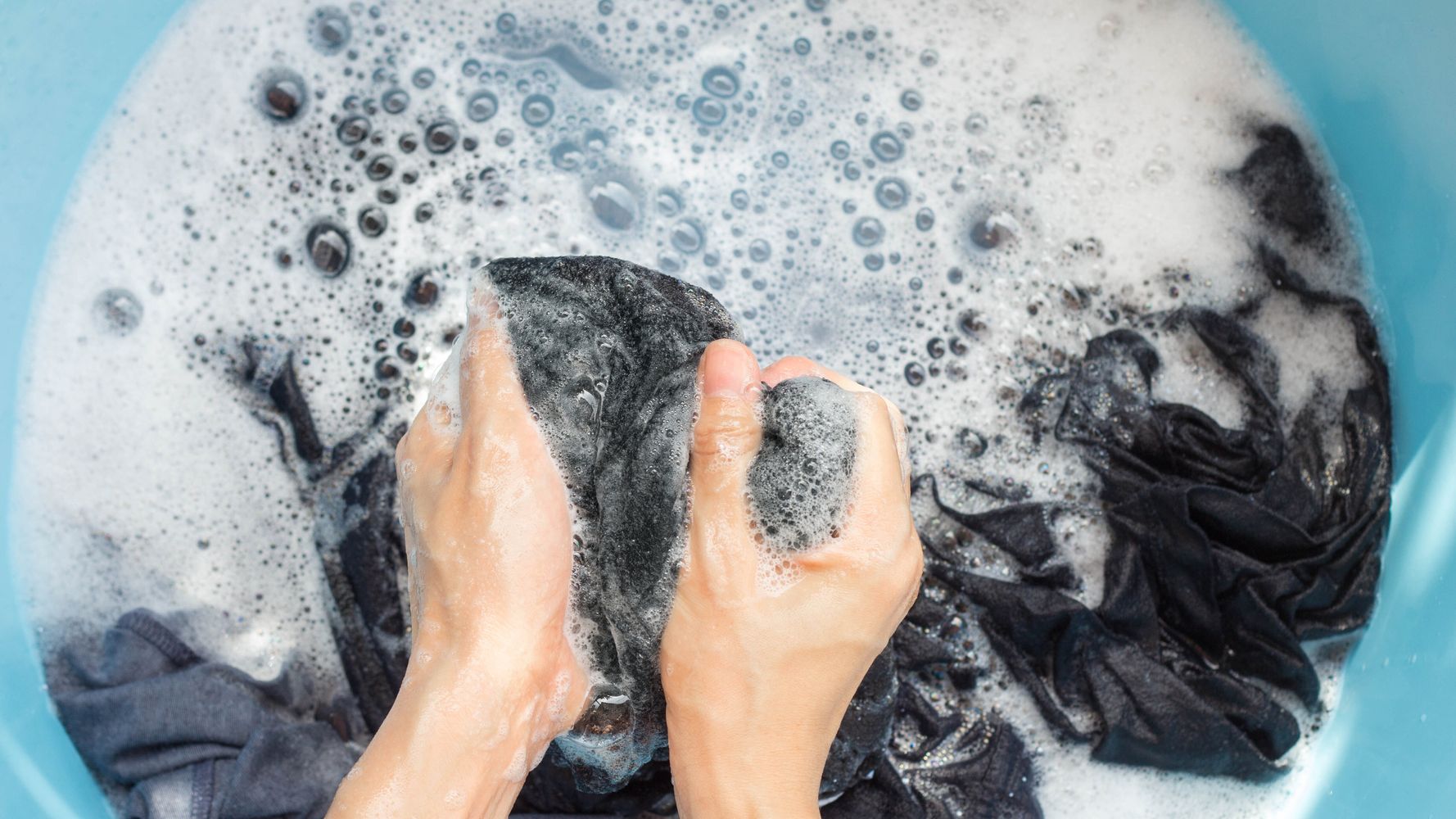

Bedroom Storage
Laundry Stripping Is A Grossly Satisfying Way To Get Linens Extra Clean
Modified: September 1, 2024
Learn about the satisfying method of laundry stripping for an extra clean and fresh bedroom storage. Try it today for a truly deep clean!
(Many of the links in this article redirect to a specific reviewed product. Your purchase of these products through affiliate links helps to generate commission for Storables.com, at no extra cost. Learn more)
Introduction
Welcome to the world of laundry stripping, where grimy linens are transformed into fresh, immaculate pieces through a process that is both grossly satisfying and highly effective. If you’re tired of your laundry never feeling truly clean, or if you’ve noticed a buildup of residue on your towels and sheets, then laundry stripping might just be the solution you’ve been looking for.
Laundry stripping is a deep-cleaning technique that removes dirt, sweat, oils, and other buildup that regular washing can leave behind. It involves soaking your linens in a mixture of hot water and specialized cleaning agents, which help to break down and release deeply embedded grime. After the soaking process, you’ll be amazed at the visible results – your linens will appear brighter, smell fresher, and feel softer than ever before.
But why should you strip your laundry in the first place? Regular washing with detergent may not be enough to entirely remove dirt, stains, and product residue from your linens. Over time, this buildup can make your towels less absorbent, your sheets feel stiff, and your clothes look dull. By incorporating laundry stripping into your cleaning routine, you can easily restore the original cleanliness and freshness of your linens, prolonging their lifespan and improving their overall performance.
In this comprehensive guide, we’ll walk you through the step-by-step process of laundry stripping, provide you with useful tips and precautions, and answer some frequently asked questions. So, get ready to take your laundry cleaning game to the next level and experience the satisfaction of truly clean and rejuvenated linens!
Key Takeaways:
- Laundry stripping is a deeply satisfying and effective method for removing stubborn dirt, oils, and residue from linens, resulting in brighter, fresher, and softer fabrics.
- By incorporating laundry stripping into your routine, you can restore the cleanliness and freshness of your linens, prolong their lifespan, and enjoy the satisfaction of truly clean and rejuvenated fabrics.
Read more: How To Store Extra Mattress
What is Laundry Stripping?
Laundry stripping is a popular method that involves soaking your linens in a combination of hot water and cleaning agents to remove stubborn dirt, oils, stains, and residue. It is especially effective for items like towels, bed sheets, and clothing that have been subjected to regular use and multiple washings but still appear dingy or feel less than fresh.
The process of laundry stripping works by breaking down and loosening up the buildup that regular washing may not entirely eliminate. This buildup can include body oils, sweat, detergent residue, fabric softener, and even minerals from hard water. Over time, these substances can become trapped within the fibers of your linens, making them look dull, feel stiff, and lose their absorbency.
Laundry stripping is like hitting the reset button for your linens. By soaking them in a mixture of hot water and specialized cleaning agents, you allow these agents to penetrate deep into the fabric and loosen the dirt and residue. This soaking process helps to lift away the buildup and release trapped particles, leaving your linens cleaner, fresher, and softer.
It’s important to note that laundry stripping should not be used as a substitute for regular washing. Instead, it is an occasional deep-cleaning method that can help refresh and restore the optimal cleanliness of your linens. Depending on the condition of your linens and your personal preferences, you can choose to strip them every few months or as needed to maintain their quality.
Laundry stripping is a simple yet powerful technique that can make a noticeable difference in the cleanliness and freshness of your linens. By incorporating it into your laundry routine, you can ensure that your towels are ultra-absorbent, your sheets are crisp and smooth, and your clothes look vibrant and soft. So, let’s dive into the details of how to strip your laundry and enjoy the satisfying results!
Why Should You Strip Your Laundry?
Regular washing with detergent may not always be sufficient to completely remove dirt, oils, stains, and product residue from your linens. Over time, this buildup can accumulate, causing your towels to become less absorbent, your sheets to feel rough, and your clothing to lose its vibrancy. That’s where laundry stripping comes in.
Here are a few reasons why you should consider incorporating laundry stripping into your cleaning routine:
- Deep Cleaning: Laundry stripping provides a deep clean that removes tough stains and embedded dirt that ordinary washing may not eliminate. The soaking process helps to release and dissolve the buildup of oils, sweat, and detergent residue trapped within the fibers of your linens.
- Refreshes Fabrics: By stripping your laundry, you can rejuvenate your linens and restore their original softness and freshness. Say goodbye to stiff towels and rough sheets, and welcome back the luxurious comfort of linens that feel like new.
- Restores Absorbency: Over time, towels can lose their absorbency due to a buildup of fabric softener, detergent residue, and mineral deposits from hard water. Laundry stripping helps to remove these substances, allowing your towels to regain their optimal absorbency and functionality.
- Eliminates Odors: Strip washing is particularly effective in removing stubborn odors from your linens. By dissolving and lifting away the bacteria and oils that contribute to unpleasant smells, you can enjoy fresh-smelling towels, sheets, and clothing.
- Prolongs Lifespan: Regularly stripping your linens can help prolong their lifespan. By removing harmful residues and preventing excessive buildup, you can maintain the quality and integrity of your linens, allowing them to look and feel great for longer.
Whether you want to revive your towels, freshen up your bedding, or breathe new life into your clothes, laundry stripping can be a game-changer. It offers a simple yet effective method to deep clean and restore the appearance and performance of your linens.
So, if you’re ready to experience the satisfaction of truly clean and rejuvenated linens, let’s move on to the next section: how to strip your laundry.
How to Strip Your Laundry
Now that you understand the benefits of laundry stripping, let’s dive into the step-by-step process of how to strip your laundry. Follow these simple instructions to achieve fresh, clean, and rejuvenated linens:
- Gather Your Supplies: Before you begin, make sure you have all the necessary supplies. You will need hot water, a large tub or basin, laundry detergent, borax or washing soda, and optional additives such as vinegar or oxygen bleach.
- Sort Your Laundry: Start by sorting your linens based on color and fabric type. It’s best to strip items separately to prevent color bleeding or damage.
- Prepare the Stripping Solution: Fill your tub or basin with hot water. The water should be hot but not boiling, as extremely high temperatures can damage certain fabrics. Add your chosen cleaning agents, such as laundry detergent and either borax or washing soda, to the water. You can also add optional additives like vinegar or oxygen bleach for added cleaning power.
- Submerge Your Linens: Place your linens in the tub, ensuring they are fully submerged in the stripping solution. Gently agitate the water to help distribute the cleaning agents.
- Soak for an Extended Period: Let your linens soak in the stripping solution for at least 4-6 hours. For heavily soiled or particularly stubborn items, you can soak them overnight for even better results.
- Agitate Periodically: During the soaking process, you can occasionally agitate the water to further loosen dirt and grime from your linens. Use a wooden spoon or your hands to gently stir the linens in the water.
- Drain and Rinse: After the soaking period, drain the dirty water and rinse your linens thoroughly under running water. Make sure to remove any soap or cleaning agent residue.
- Machine Wash (Optional): Following the rinsing, you can choose to run your linens through a regular machine wash cycle using detergent to ensure all the stripping solution and dirt are completely removed.
- Dry and Enjoy: Finally, dry your linens as you normally would. You can air dry them or use a dryer, depending on the fabric type and your personal preference. Once dry, marvel at the revived cleanliness and freshness of your linens.
That’s it! By following these steps, you can effectively strip your laundry and achieve remarkable results. Now, let’s explore some useful tips to maximize the effectiveness of your laundry stripping sessions.
Ingredients for Laundry Stripping
When it comes to laundry stripping, a few essential ingredients can help enhance the cleaning power and effectiveness of the process. Here are the primary ingredients commonly used for laundry stripping:
- Hot Water: Hot water is a crucial component of laundry stripping. It helps to break down dirt, oils, and residue, allowing them to be released from the fabric. While hot water is recommended, make sure it is not too hot to avoid damaging delicate fabrics.
- Laundry Detergent: Choose a laundry detergent that is designed for deep cleaning. Look for formulations that are effective at removing stains, grime, and buildup. Powders or pods tend to work well for laundry stripping, as they can dissolve easily in hot water.
- Borax or Washing Soda: Borax and washing soda are powerful laundry boosters that can enhance the effectiveness of your stripping solution. Both of these ingredients have excellent stain removal and odor elimination properties. Use either borax or washing soda, not both, as they have similar functions.
- Vinegar (Optional): Adding vinegar to your stripping solution can help remove odors, soften fabrics, and dissolve mineral deposits from hard water. It acts as a natural fabric softener and can give your linens an extra boost of freshness. However, be cautious when using vinegar on delicate fabrics, as it may cause damage.
- Oxygen Bleach (Optional): Oxygen bleach can be used as an additional cleaning agent in your stripping solution. It can help remove tough stains, brighten whites, and revive colors. Follow the instructions on the product packaging for the correct usage amounts.
It’s important to note that the quantity of each ingredient may vary depending on the size of your stripping batch and the condition of your linens. Follow the recommended usage instructions on the product packaging or adjust the quantities based on your specific needs.
Now that you have a good understanding of the ingredients required for laundry stripping, let’s move on to the step-by-step guide for performing the process effectively.
Add 1/4 cup of borax, 1/4 cup of washing soda, and 1/2 cup of detergent to a bathtub of hot water. Soak linens for 4-6 hours, then rinse thoroughly.
Read more: How To Clean A Laundry Room
Step-by-Step Guide to Laundry Stripping
Now that you have gathered all the necessary ingredients and supplies, it’s time to dive into the step-by-step guide for effectively stripping your laundry. Follow these instructions to achieve optimal results:
- Sort Your Laundry: Start by sorting your linens based on color and fabric type. It’s best to strip items separately to prevent color bleeding or damage.
- Prepare the Stripping Solution: Fill a tub or basin with hot water. The water should be hot but not boiling, as high temperatures can damage certain fabrics. Add your chosen laundry detergent, following the instructions on the packaging. For added cleaning power, include borax or washing soda in the appropriate quantity. If desired, you can also add a cup of vinegar or oxygen bleach.
- Submerge Your Linens: Place your linens in the tub, ensuring they are fully submerged in the stripping solution. Gently agitate the water to help distribute the cleaning agents.
- Soak for an Extended Period: Allow your linens to soak in the stripping solution for at least 4-6 hours, or overnight for heavily soiled items. Make sure the linens are completely immersed in the solution throughout the soaking period.
- Agitate Periodically: During the soaking process, you can periodically agitate the water to further loosen dirt and grime from your linens. Use a wooden spoon or your hands to gently stir the linens in the water.
- Drain and Rinse: After the soaking period, drain the dirty water and rinse your linens thoroughly under running water. Make sure to remove any soap or cleaning agent residue.
- Machine Wash (Optional): If desired, you can run your linens through a regular machine wash cycle using detergent to ensure all the stripping solution and dirt are completely removed. Follow the care instructions on the linens for the appropriate wash settings.
- Dry and Enjoy: Finally, dry your linens as you normally would. You can air-dry them or use a dryer, depending on the fabric type and your personal preference. Once dry, revel in the revitalized cleanliness and freshness of your linens.
By following these steps, you can effectively strip your laundry and achieve remarkable results. Now that you have learned how to strip your laundry, let’s explore some additional tips for maximizing the effectiveness of the process.
Tips for Effective Laundry Stripping
To ensure that your laundry stripping process is as effective as possible, here are some helpful tips to consider:
- Read and Follow Care Instructions: Before starting the laundry stripping process, check the care labels of your linens to ensure that they can withstand hot water and any additional cleaning agents you plan to use. Some delicate fabrics may require special handling.
- Start with Small Batches: If you’re new to laundry stripping, it’s best to begin with smaller batches. This way, you can test the process and observe the results before treating larger quantities of linens.
- Use Enough Water: Make sure there is enough water in the tub or basin to fully submerge your linens. Proper submersion ensures that the stripping solution can penetrate the fabric and effectively remove dirt and residue.
- Agitate Gently: When agitating the water during the soaking process, be gentle to avoid damaging the fabrics. Light stirring or swishing the linens is sufficient to help dislodge dirt and grime.
- Adjust Soaking Time: The recommended soaking time for laundry stripping is generally 4-6 hours. However, if you have heavily soiled items or tough stains, consider extending the soaking time to overnight for more effective results.
- Rinse Thoroughly: After the soaking period, rinse your linens thoroughly under running water to remove any stripping solution and residue. Make sure to squeeze the linens to ensure all the soapy water is expelled.
- Be Mindful of Delicate Fabrics: Delicate fabrics such as silk or lace may not be suitable for laundry stripping. If in doubt, it’s best to consult the care instructions or seek professional advice to avoid damaging these delicate items.
- Air-Dry in Sunlight: Whenever possible, air-dry your linens in direct sunlight. Sunlight has natural bleaching properties and can help eliminate any remaining stains or odors.
- Regularly Maintain Your Stripping Equipment: Clean your tub or basin thoroughly after each use to prevent the buildup of detergents and residue. This ensures that your stripping solution remains effective for future use.
- Customize the Process: Feel free to experiment and customize the laundry stripping process based on your specific needs and preferences. You can adjust the quantities of cleaning agents, try different additives, or vary the soaking time to achieve the desired results.
By following these tips, you can maximize the effectiveness of your laundry stripping sessions and achieve outstanding results. Now, let’s address some precautions you should take while performing laundry stripping.
Precautions to Take While Laundry Stripping
While laundry stripping is generally a safe and effective method for deep-cleaning your linens, it’s important to take certain precautions to ensure the best outcome. Here are some precautions to keep in mind:
- Check Fabric Compatibility: Before stripping your laundry, carefully read the care instructions on your linens. Some delicate fabrics, such as silk or wool, may not be suitable for the stripping process and require alternative cleaning methods.
- Protect Your Hands: When handling hot water and cleaning agents, protect your hands by wearing gloves. This will prevent skin irritation or allergic reactions, especially if you have sensitive skin.
- Avoid Overloading: To ensure proper circulation of water and cleaning agents, avoid overloading the tub or basin with too many linens. This will allow the stripping solution to work effectively on each item.
- Use Adequate Ventilation: When performing laundry stripping, make sure the area is well-ventilated. Open windows or doors to improve air circulation and prevent the buildup of fumes from cleaning agents.
- Keep Children and Pets Away: To prevent accidents or ingestion of cleaning agents, keep children and pets away from the laundry stripping area. The cleaning agents used in the process may be harmful if ingested.
- Perform a Patch Test: If you’re unsure how a specific fabric will react to the stripping solution, it’s wise to perform a patch test on a small, inconspicuous area of the fabric before treating the entire item.
- Monitor Soaking Time: While it can be tempting to extend the soaking time for better results, be mindful of the fabric and any specific care requirements. Leaving delicate fabrics in the solution for too long may cause damage.
- Handle Bleach with Caution: If you choose to use oxygen bleach as an additive, handle it with caution and carefully follow the instructions on the packaging. Improper use of bleach can damage fabrics and cause discoloration.
- Read Safety Data Sheets: For any cleaning agents used in the laundry stripping process, read the safety data sheets (SDS) for information on proper handling, storage, and disposal. Follow the recommended precautions to ensure your safety.
- Clean and Rinse Thoroughly: After completing the laundry stripping process, clean and rinse your tub or basin thoroughly, removing any residue or cleaning agents. This helps maintain the effectiveness of the stripping solution for future use.
By taking these precautions, you can ensure safe and successful laundry stripping sessions without compromising the quality or integrity of your linens. Now that we’ve covered the precautions, let’s move on to addressing some commonly asked questions about laundry stripping.
Frequently Asked Questions (FAQs)
Here are some frequently asked questions about laundry stripping:
-
Is laundry stripping safe for all types of fabrics?
While laundry stripping is generally safe for most fabrics, it’s important to check the care instructions before proceeding. Delicate fabrics like silk or wool may require alternative cleaning methods to avoid damage.
-
Can I strip colored fabrics?
Yes, you can strip colored fabrics, but it’s important to sort them properly to prevent color bleeding. Washing colored fabrics separately ensures that the colors stay vibrant and do not transfer onto other garments.
-
How often should I strip my laundry?
The frequency of laundry stripping will depend on the condition of your linens and personal preference. Some individuals choose to strip their laundry every few months or as needed, while others incorporate it into their cleaning routine less frequently.
-
Can I strip my clothes?
Yes, you can strip your clothes using the same process described above. However, it’s important to consider the fabric type and care instructions. Delicate or dry-clean-only garments may not be suitable for the laundry stripping process.
-
Do I need to rinse my linens after stripping?
Yes, thorough rinsing is essential to remove any stripping solution or residue from your linens. Rinse them under running water until the water runs clear and there are no traces of soap or cleaning agents.
-
Can I use fabric softener after stripping my laundry?
To experience the full benefits of laundry stripping, it’s recommended to avoid using fabric softener immediately after the process. Fabric softeners can leave residue on your linens, diminishing the fresh and clean results achieved through stripping. Instead, enjoy the natural softness of your linens after the process.
-
Can laundry stripping remove stains?
Laundry stripping can help remove some stains from your linens. However, it’s important to pre-treat stubborn stains before stripping and to follow proper stain removal techniques for the specific stain type.
-
Is laundry stripping eco-friendly?
Laundry stripping can be considered environmentally friendly since it helps extend the lifespan of your linens. By removing buildup and residues, you can avoid the need for frequent replacement, thus reducing waste.
If you have any other questions about laundry stripping, it’s always best to consult the care instructions provided by the manufacturer or seek guidance from a professional cleaner.
Now that you’re equipped with valuable information about laundry stripping, you can confidently incorporate this effective cleaning method into your laundry routine. Say goodbye to stubborn stains, buildup, and dull-looking linens, and welcome the satisfaction of fresh, revitalized fabrics!
Happy laundry stripping!
Conclusion
Laundry stripping is a highly effective method for deep-cleaning your linens and rejuvenating their appearance and performance. By removing stubborn dirt, oils, stains, and residue that regular washing may not eliminate, laundry stripping allows you to enjoy fresh, clean, and soft linens once again. It’s a simple yet powerful technique that can make a noticeable difference in the cleanliness and freshness of your towels, sheets, and clothing.
Through this comprehensive guide, we’ve walked you through the process of laundry stripping, from understanding what it is and why it’s beneficial, to providing step-by-step instructions and valuable tips. We’ve also addressed common questions and shared precautions to ensure the safety and optimal results of your laundry stripping sessions.
Remember to gather the necessary supplies, adjust the quantities based on your needs, and follow the recommended soaking time. Be cautious with delicate fabrics, rinse your linens thoroughly, and take care when using bleach or other additives.
Through laundry stripping, you can achieve remarkable results, including brightened colors, softer fabrics, increased absorbency, and elimination of odors. You’ll be amazed at how this simple technique can revitalize your linens and bring them back to their optimal cleanliness and freshness.
Now, armed with the knowledge and confidence to strip your laundry, it’s time to put this technique into practice. Treat yourself to the satisfaction of truly clean linens and enjoy the enhanced comfort they provide.
So, roll up your sleeves, gather your supplies, and embark on a journey of laundry stripping. Experience the joy of fresh, immaculate linens that will make you feel like you’re sleeping on a cloud and wrapping yourself in luxury.
Happy laundry stripping!
Frequently Asked Questions about Laundry Stripping Is A Grossly Satisfying Way To Get Linens Extra Clean
Was this page helpful?
At Storables.com, we guarantee accurate and reliable information. Our content, validated by Expert Board Contributors, is crafted following stringent Editorial Policies. We're committed to providing you with well-researched, expert-backed insights for all your informational needs.
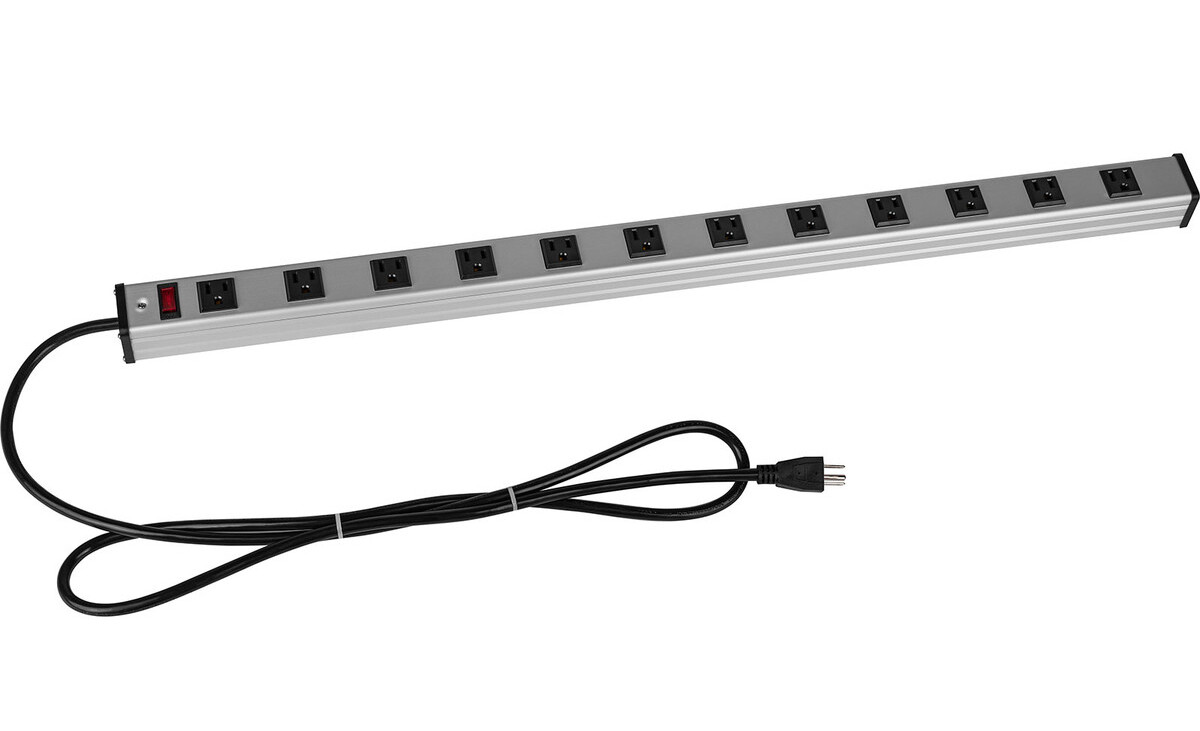
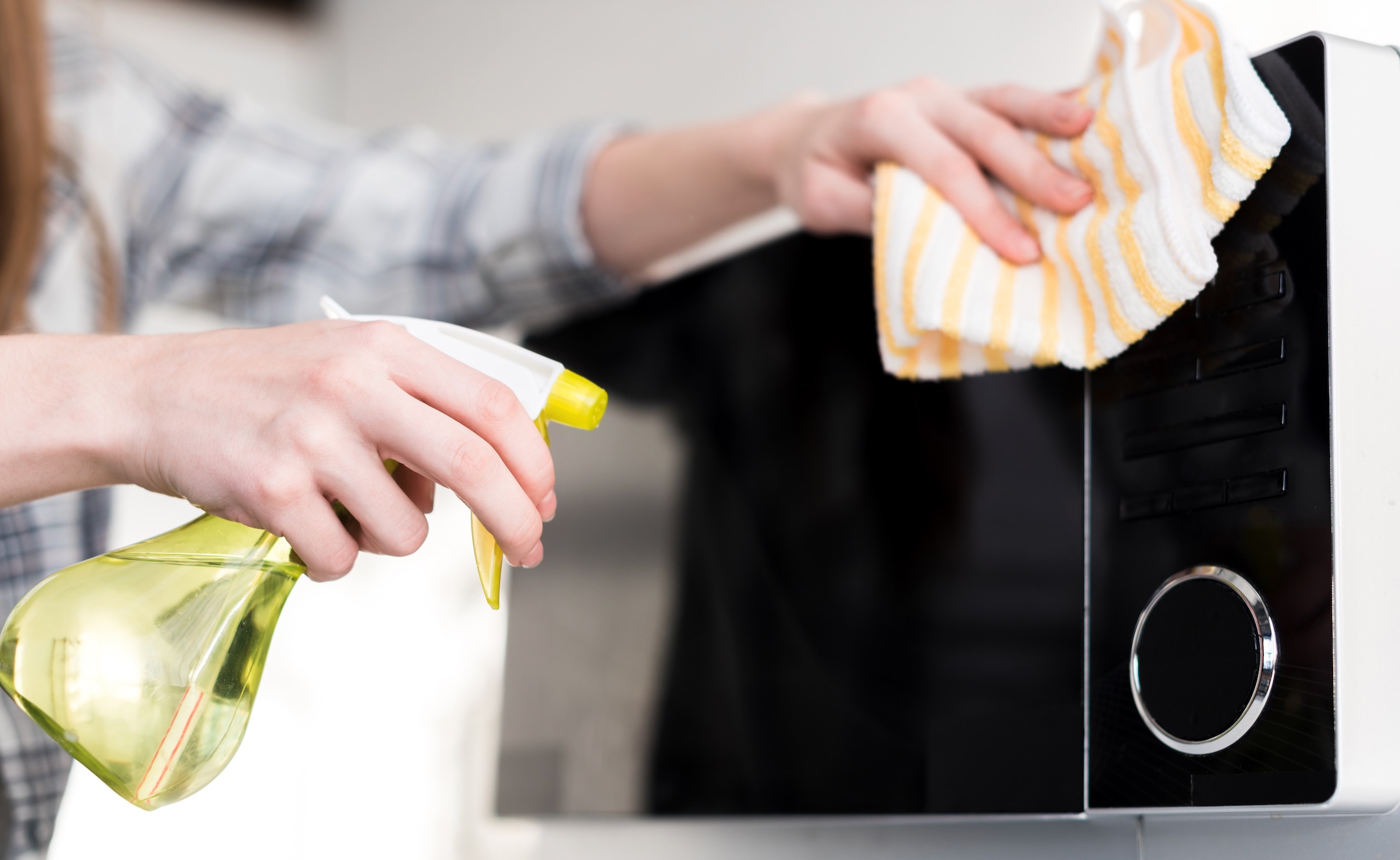

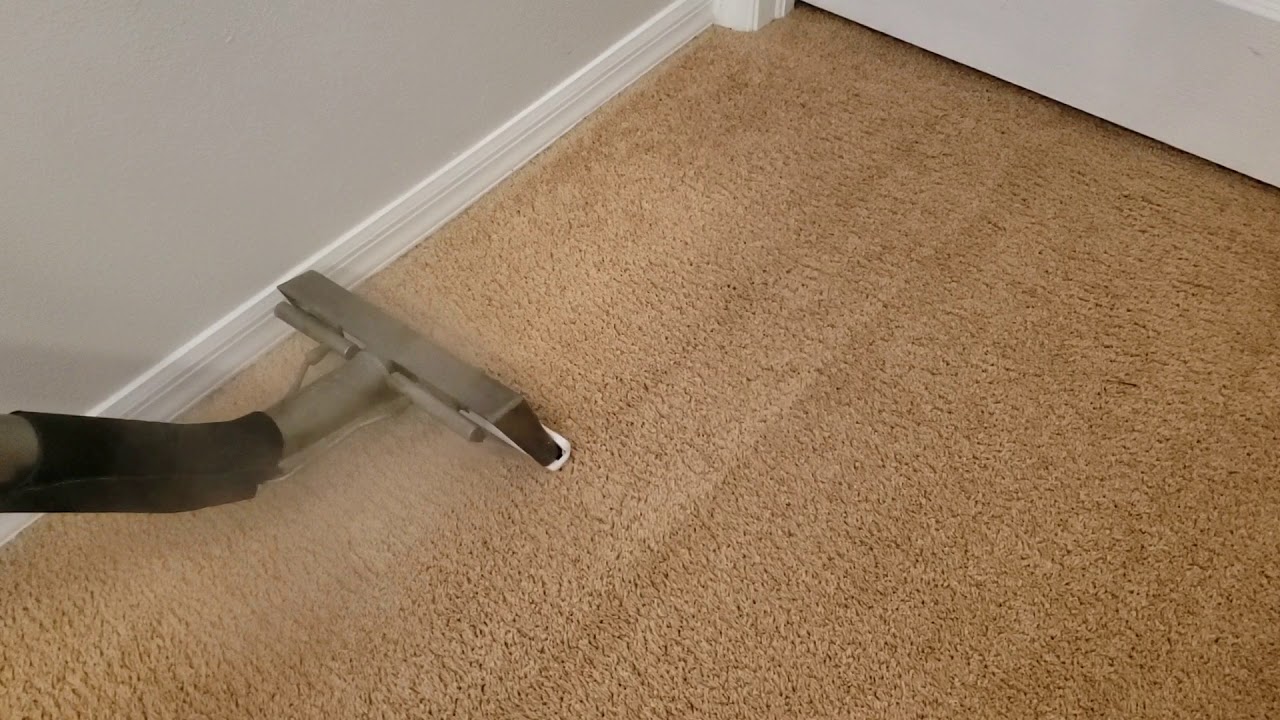
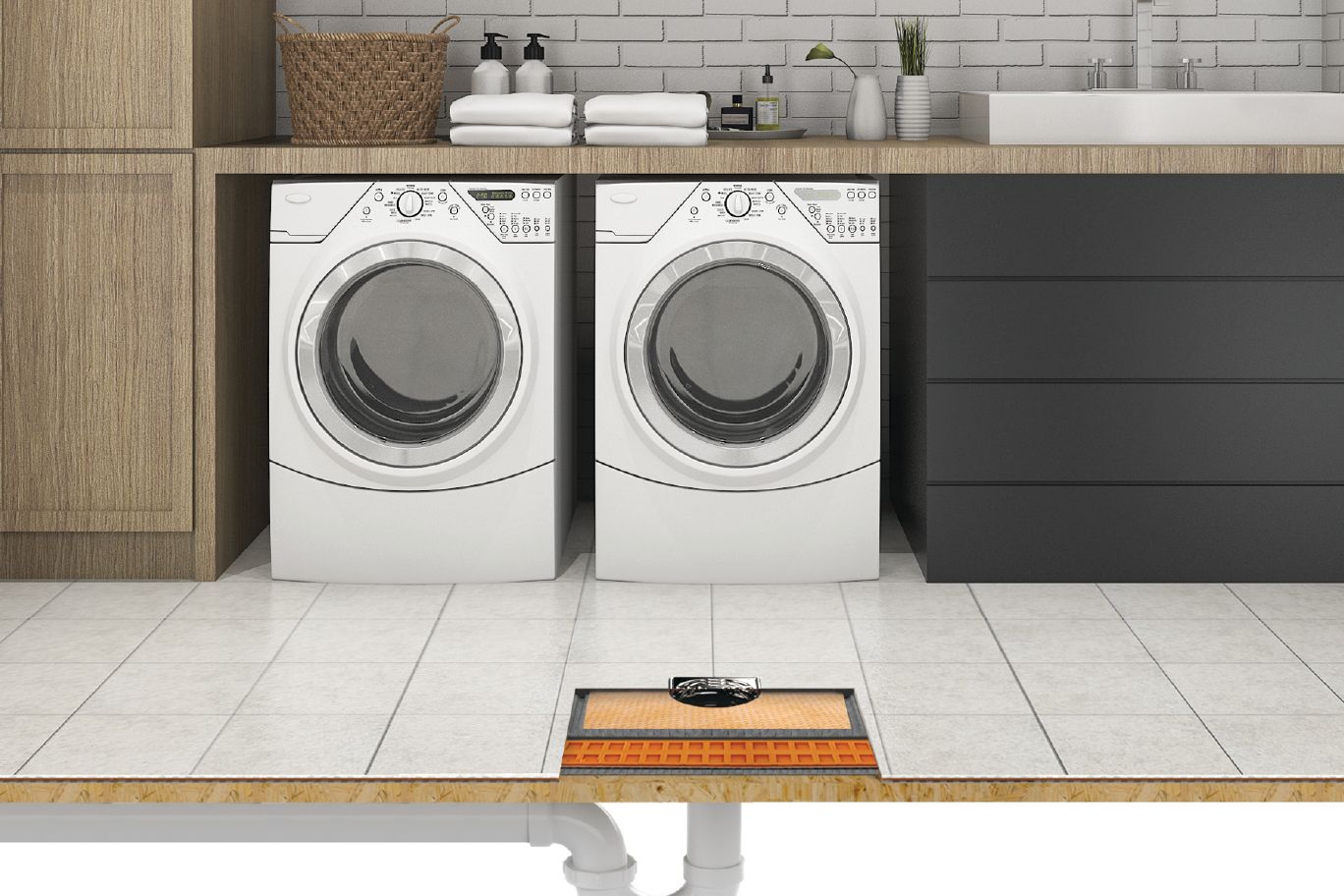
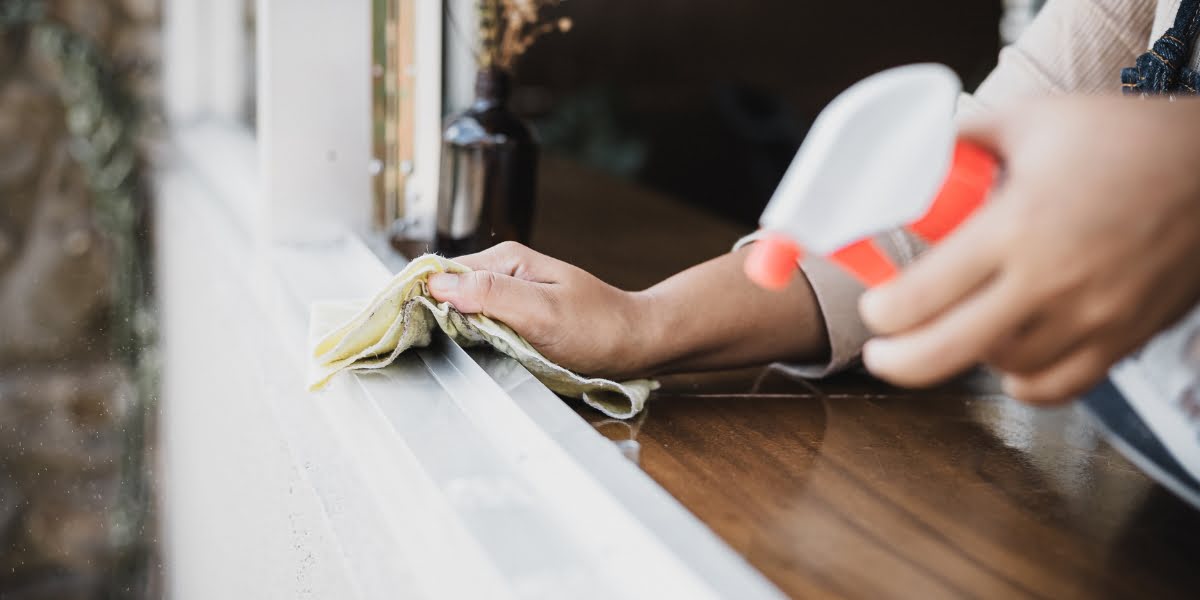
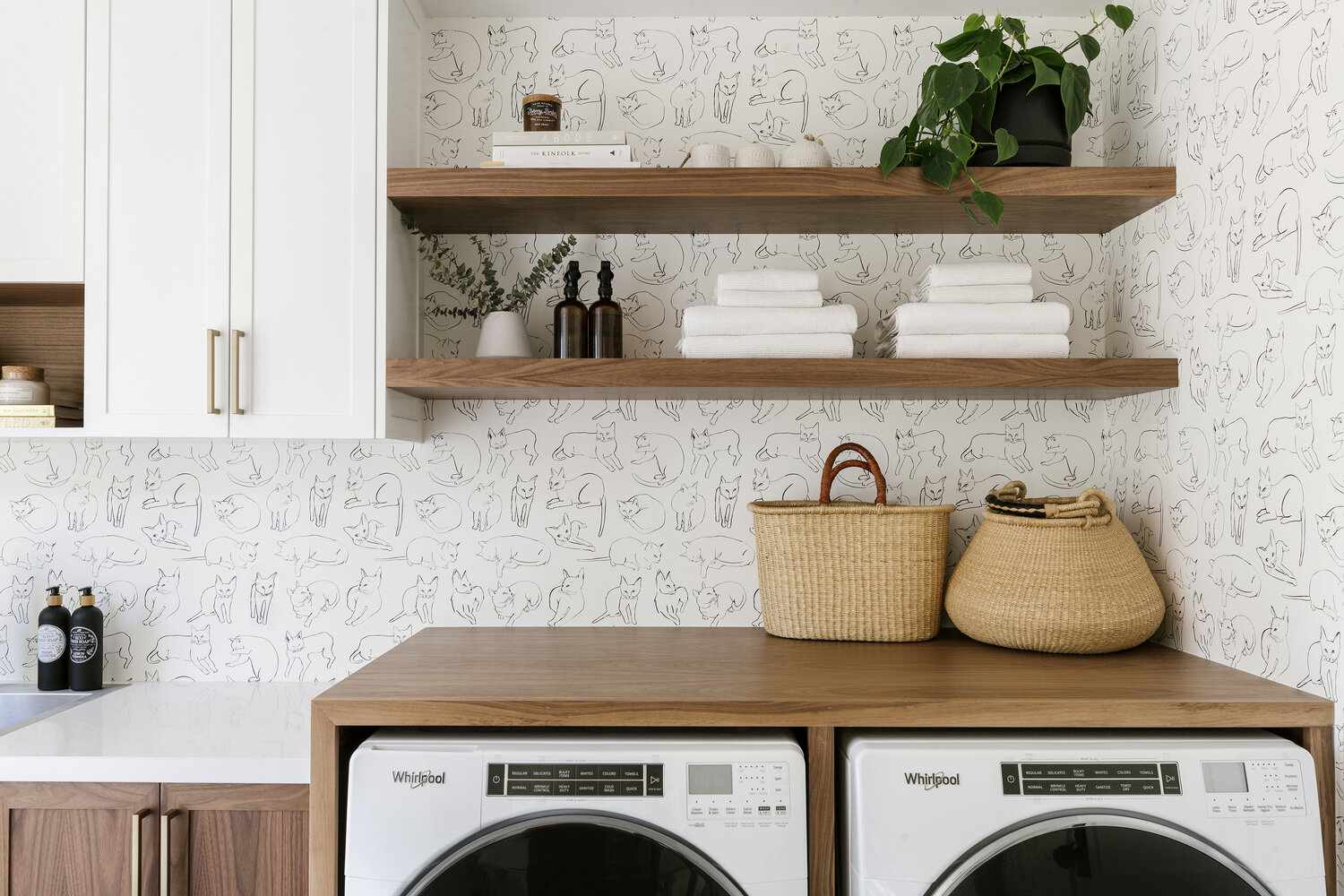
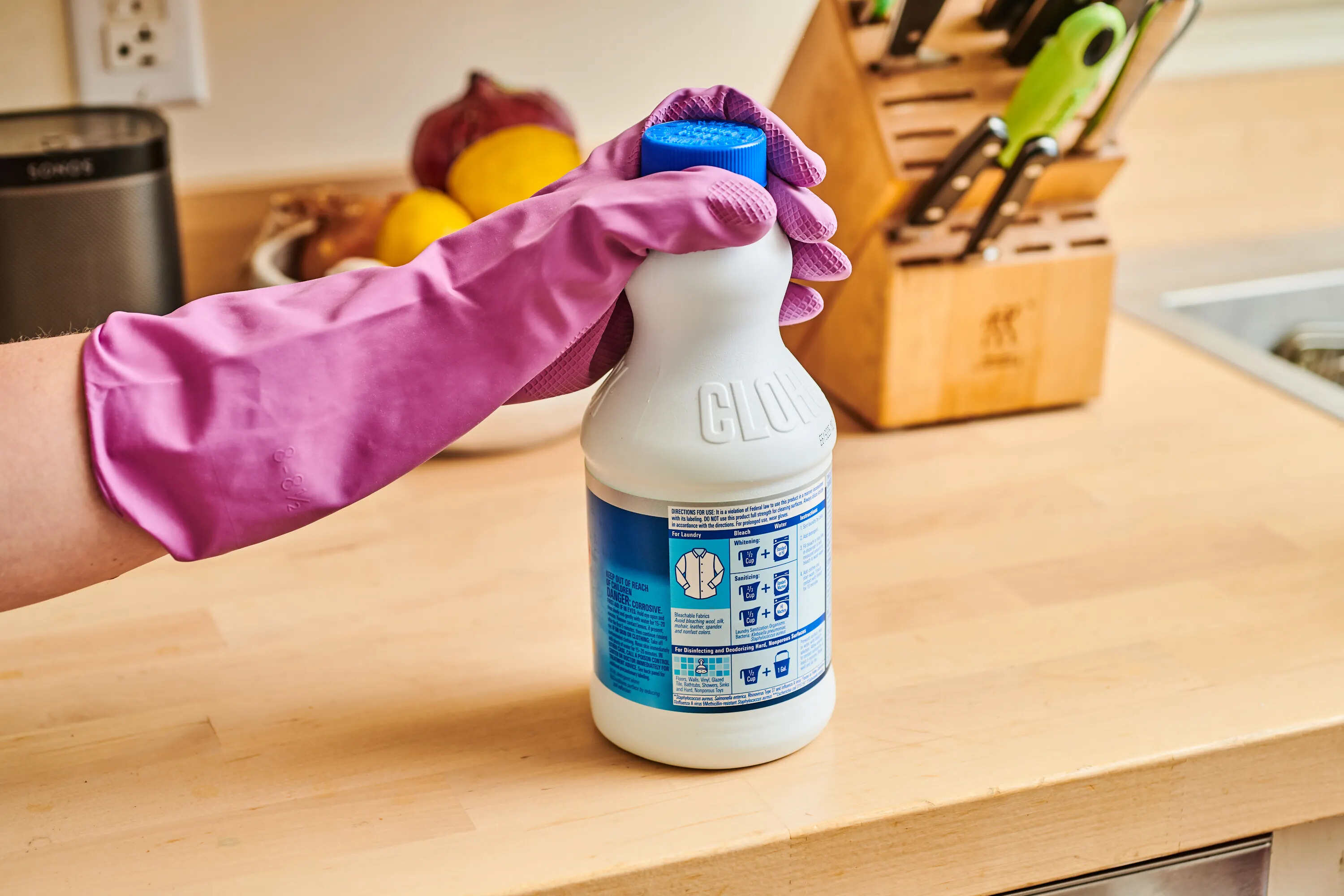
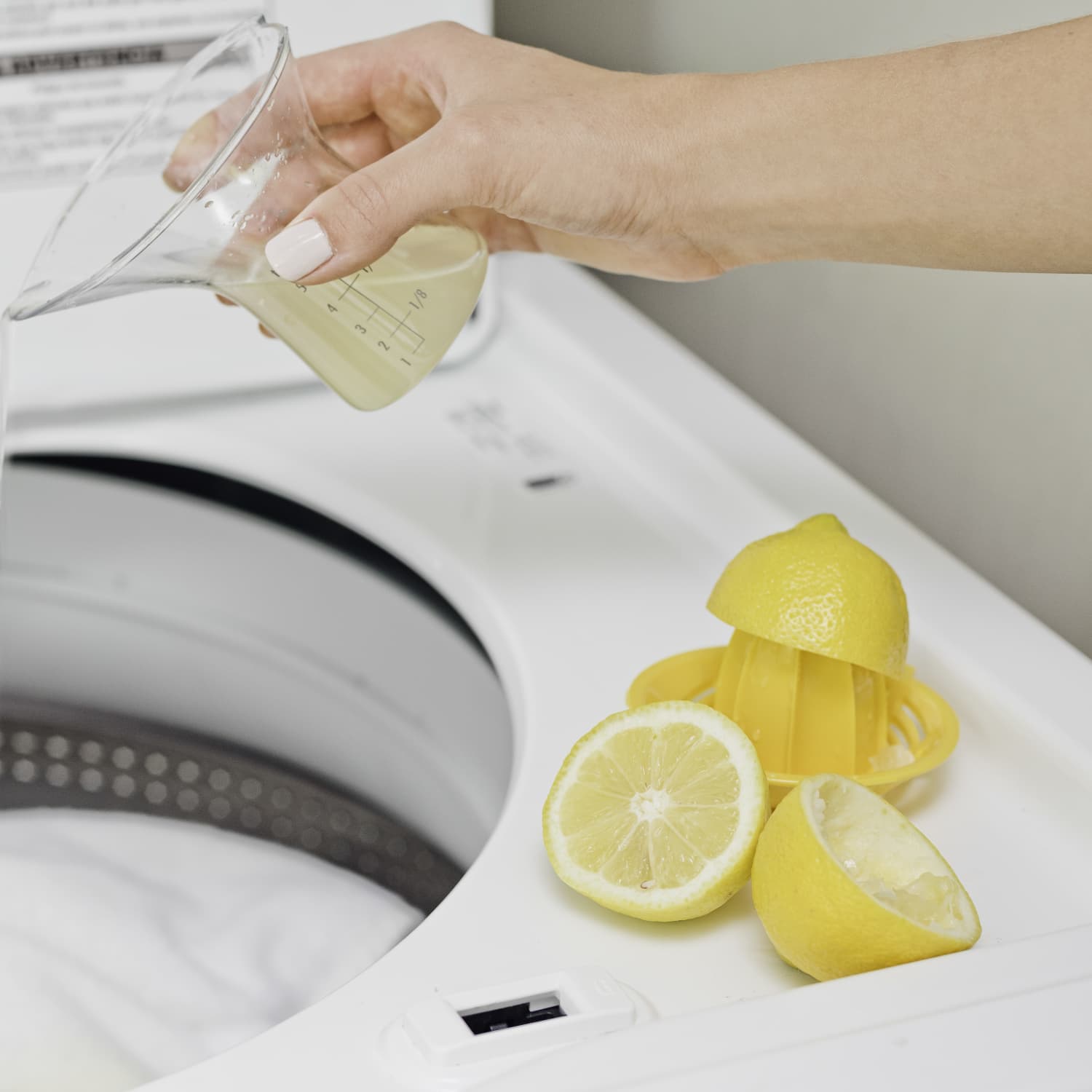
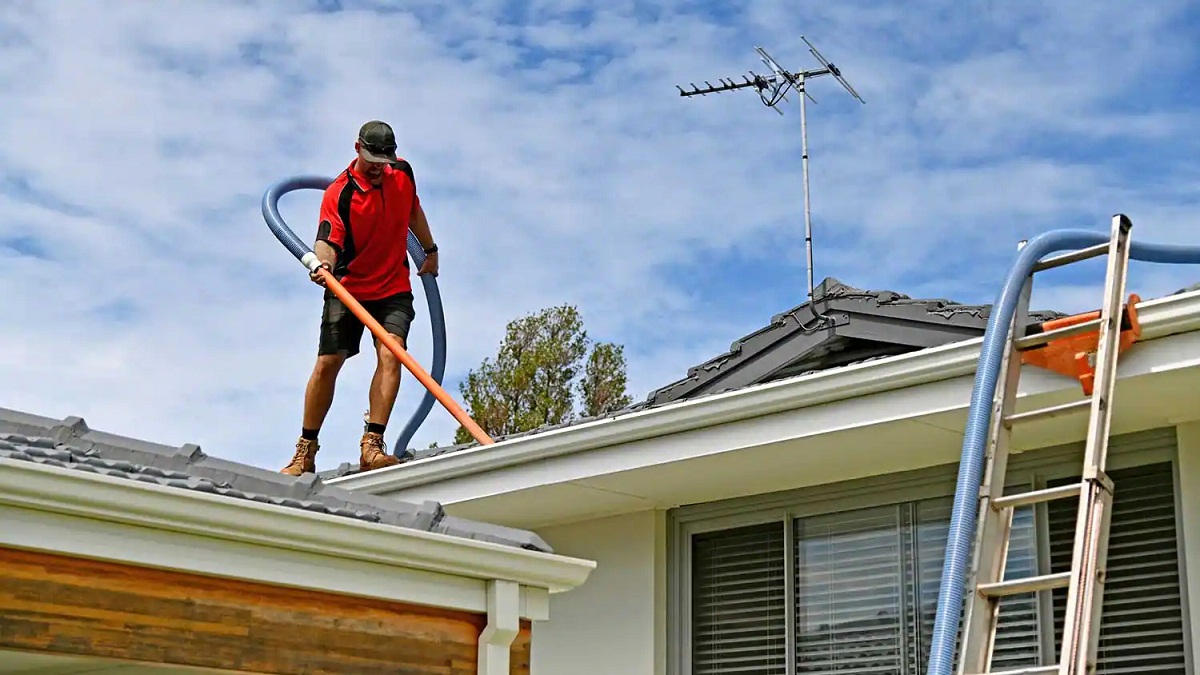

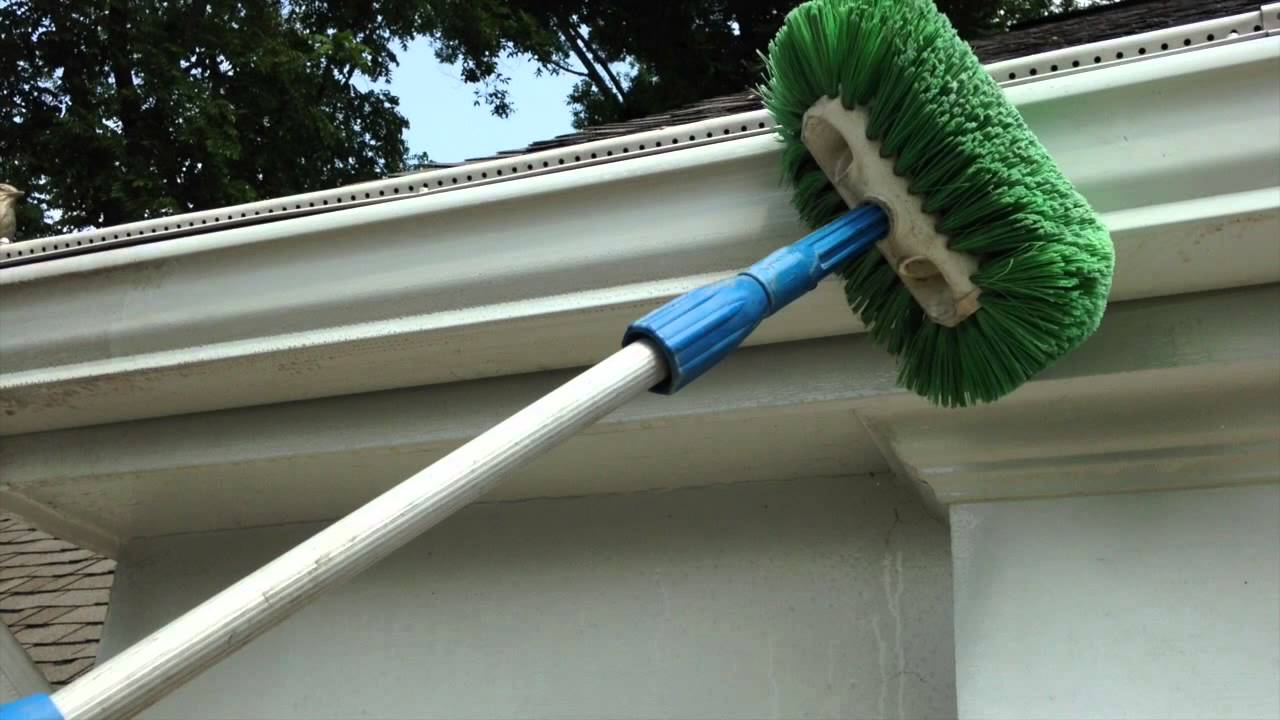
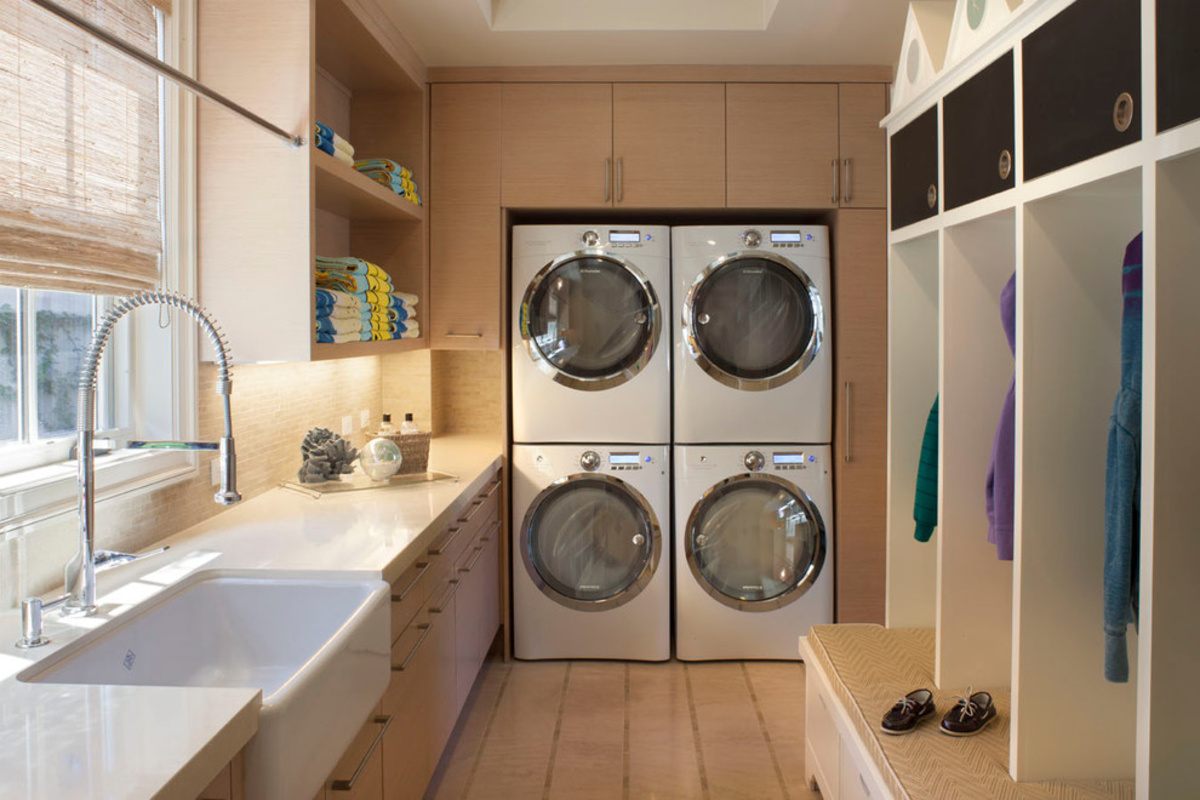

0 thoughts on “Laundry Stripping Is A Grossly Satisfying Way To Get Linens Extra Clean”